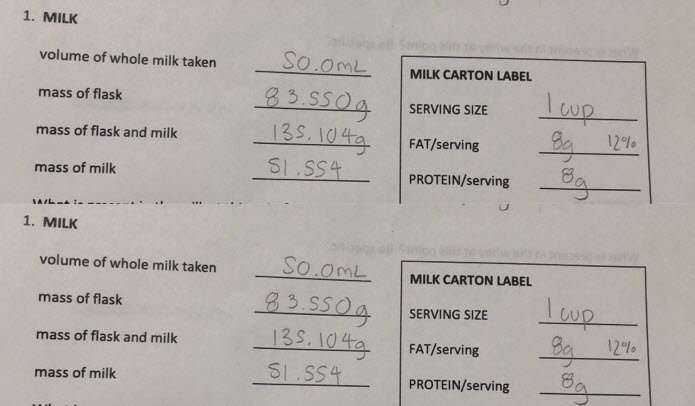How is milk fat percentage calculated? There’s been a debate for years about what constitutes fat in dairy products and if it’s important for diet and weight loss. The fat content of one ounce of milk can account for 20% of a person’s weight in just one serving, making this an essential component of a weight loss program.

Calculate Milk fat percentages based on how much the fat expands when heated. More fat means lower fat milk after heating. All foods that are naturally high in fat will increase the percentage of milk fat. Still, as you eat more saturated fat, the percentage of milk fat increases as well.
The fats used to calculate milk fat content can be from one of two primary sources. The first source is lactose, a sugar derived from milk and available as a powder, concentrated, or condensed form. Almost everyone knows how to make milk creamy and thick. Yet, fewer than ten percent of people understand how milk works. Lactose comes from glycerol, the main component of milk, and galactose, the body’s other sugar. These two components, when heated together, make up the partially hydrogenated version of fats. It may not seem like much, but it has a huge impact on your health.
The next type of fat that you can measure is trans-fatty acids. This is essentially identical to saturated fat, except it contains a short chain of carbon rather than a long chain. While the short-chain is still bad for your health, this shorter chain is not as damaging. When these two fats interact with other chemicals in the milk, a process called “affective contact,” they create the partially hydrogenated fats that we are all familiar with: trans fats. This means that the milk you are drinking contains twice the calories per serving compared to other brands. While there is a slight decrease in saturated fats in regular milk, the trans-fatty acid saturated milk raises your total cholesterol level.
The fat content of whole milk determines milk fat percentage. You can break this down into fat per ounce and fat per cup. It’s based on how much fat is on the whole thing. At the same time, the latter considers the percentage of fat contained within each serving. The latter is the more accurate measurement since it is based on the daily serving of each type.
For instance, if one glass of milk has 9 percent milk fat, one tablespoon of milk has one teaspoon of saturated fat. One tablespoon of regular milk has one tablespoon of butterfat, one teaspoon of cream, and one teaspoon of lanolin. Whole or half-and-half contains approximately five tablespoons of dairy fat, so how much milk fat is in each serving is more accurate than the total amount.
Partially hydrogenating vegetable oils make trans fats. The purpose is to create a more solid, longer-lasting, and more popular product, but the result will simply harm your health. Today, most trans fats in food come from hydrogenated oils, which make butterfat more solid and more long-lasting. Butter, as well as shortening, may also contain hydrogenated soybean oil, another unhealthy ingredient. There’s a link between trans fats and obesity, heart disease, stroke, and certain cancers.
How is milk fat percentage calculated? Each serving of whole or half & half has about four tablespoons of milkfat or about two teaspoons of butterfat. Any time you cook food containing hydrogenated oils or trans fats, the resulting saturated fat content increases. This means that you must be mindful of your intake of saturated fats in your food. You should make every effort to avoid high-fat dairy products, including but not limited to cheese and ice cream. Instead, opt for low-fat alternatives like low-fat yogurt and milk that is not hydrogenated.
